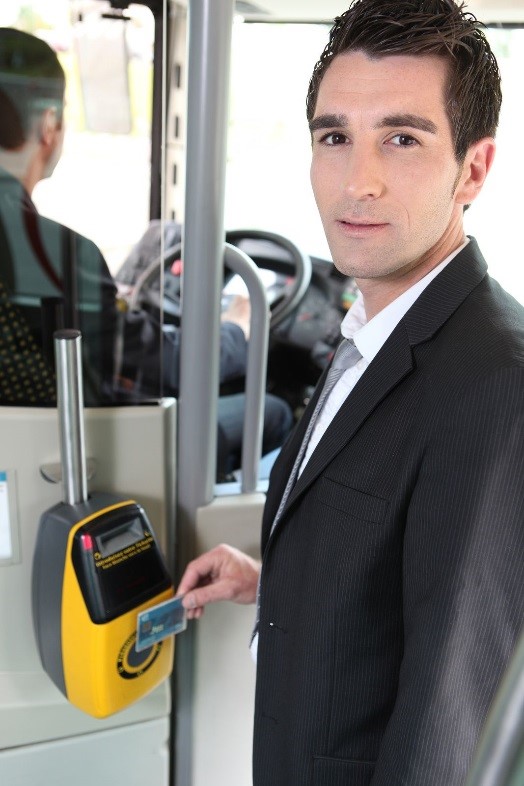Compared to other advanced countries, America’s public transportation woes undeniably have no contest. According to the survey conducted by the private group, Natural Resource Defense Council (NRDC), more than 80 percent of Americans live in cities and suburbs. From this number, only 5% are more than willing to use the public transportation everyday while 61% of Americans have not even tried using the public transportation—ever.
If these data are put side-by-side with another first-world country, like Singapore, you can see how the American numbers are highly lamentable.
 Why commuters are giving up on public transport
Why commuters are giving up on public transport
Surveys show that most Americans prefer to drive their own vehicles rather than risking public transportation due to a number of reasons, the most significant of which is the long waiting time between transfer points and boarding delays due to large crowds in terminals.
Studies also show that the majority of commuters are becoming dismayed with public transport’s inability to reach the designated stop on time. Contrary to popular belief, commuters prefer their transportation to arrive on time rather than providing a shorter travel time—thereby placing a high value on the reliability of public transit. Most people essentially believe their own vehicles are more likely to get them to their destinations on time.
However, the large volume of cars on major roads and highways further exacerbates the commute time, with traffic congestion and parking difficulties pouring salt to the already gaping wound. These problems cause delays, which in turn costs both private and government sectors lots of money; everybody wastes a considerable amount of time being unwillingly stuck on the road.
How employing a transportation management software helps
It is not easy to address the multifarious public transportation problems, but providing a solution is not entirely impossible. Public transportation operators are urged to use a transportation management software to help manage their vehicles and their respective trips easier, thus reducing the total operational costs of the service. Applying the software can also improve the transportation agency’s reliability and accuracy, which can then improve the overall commuter experience.
To a certain extent, inadequate transportation infrastructure is also to blame for the enduring commuter problems an ordinary American faces every day. Yet, if the public transportation industry can improve its services by employing a highly efficient transportation management system, it can greatly lessen the burden that the commuting public has to tolerate.
Sources:
Facts – American Public Transportation Association, APTA.com
Urban Transport Challenges, Hofstra.edu


